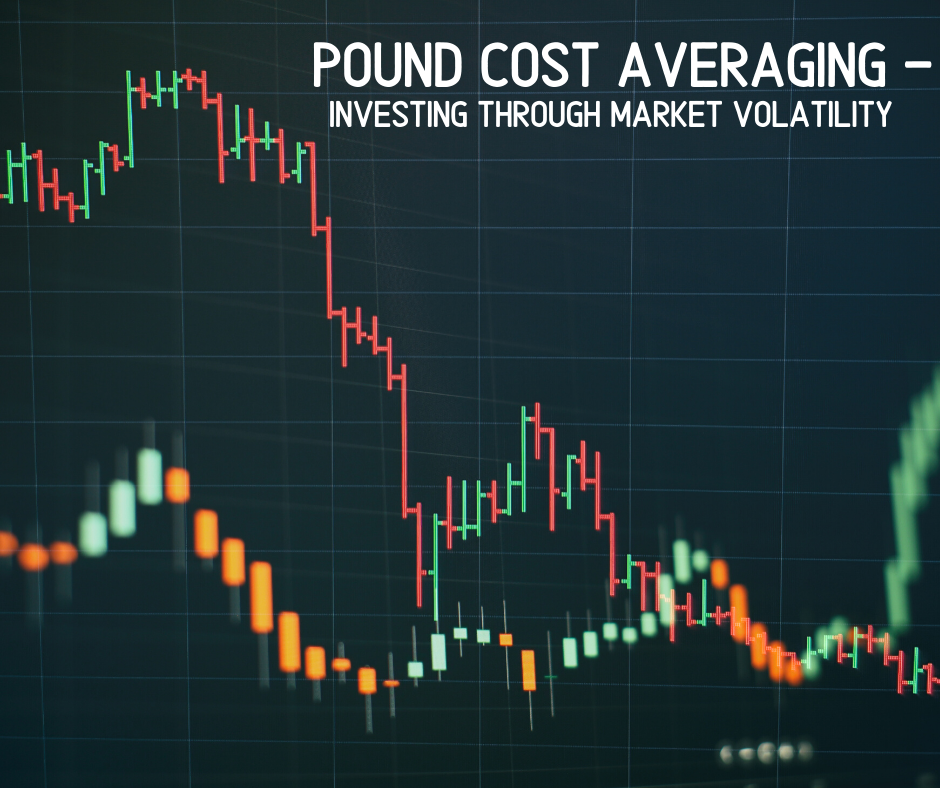Invest in the Future



Pound Cost Averaging is the concept of making regular contributions to your investments in order to smooth out market volatility.
By making regular contributions you naturally purchase fewer units when prices are high and more units when prices are low. Over the long-term, not only does this create a disciplined investment approach, but this strategy will help take advantage of volatile periods and potentially improve your returns.
Timing the market
One of the greatest things about Pound Cost Averaging is that it removes the worry of making a lump sum investment right before a market decline. Trying to time the market rarely pays off and often it’s more luck than skill- so even seasoned investors avoid falling into this trap. Using Pound Cost Averaging you can be safe in the knowledge that through volatile periods your money will be working to ensure you purchase units at a lower price with a long-term view.
Rising Markets
Of course, there will be exceptions to this philosophy and there is no guarantee that Pound Cost Averaging will result in better outcomes than lump sum investing. One of these exceptions is a consistently rising market where investing a lump sum from the outset will give you the lowest possible unit price and therefore generate the
highest return. However, the investment journey is rarely a smooth one and given no one knows for sure that markets will consistently rise over your investment journey, the Pound Cost Averaging method can be a useful tool to ensure you don’t buy at the wrong time and are able to take advantage of market volatility.
Key Points:
• Helps create a disciplined investment approach.
• Removes the worry of making lump sum investments at the wrong time.
• Enables you to take advantage of market volatility.
• Is not guaranteed to be the best strategy but is a low maintenance and lower stress approach.
Example
| Month | Unit Price | Client A Contributions | Client B Contributions |
|---|---|---|---|
| January | £2.00 | £1,000 | £12,000 |
| February | £1.91 | £1,000 | - |
| March | £1.74 | £1,000 | - |
| April | £1.70 | £1,000 | - |
| May | £1.65 | £1,000 | - |
| June | £1.57 | £1,000 | - |
| July | £1.52 | £1,000 | - |
| August | £1.57 | £1,000 | - |
| September | £1.61 | £1,000 | - |
| October | £1.65 | £1,000 | - |
| November | £1.74 | £1,000 | - |
| December | £1.83 | £1,000 | - |
| Total Units Purchased | 7,077 | 6,000 |
| Average Price Paid | £1.71 | £2.00 |
| Value at Year End | £12,923 | £10,956 |
You can see that in this example the Pound Cost Averaging method here has resulted in a greater number of total units purchased, a lower average price paid and a higher year end value. It should be noted that in a persistently rising market the lump sum investment will likely have performed better
What it really comes down to however is investor preference. Using either method (or even a mixture of both) a well structured, long term investment strategy will help you on your way to achieving your financial goals.